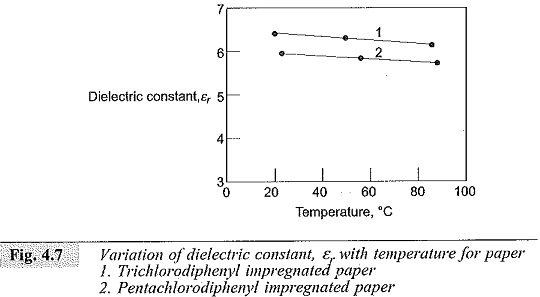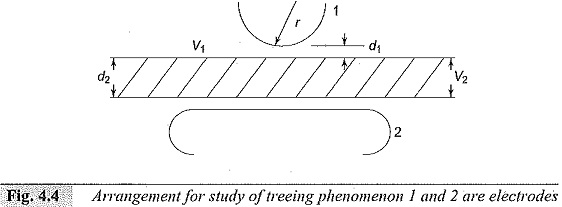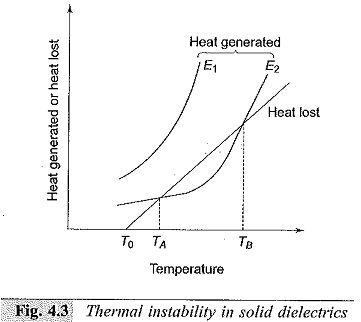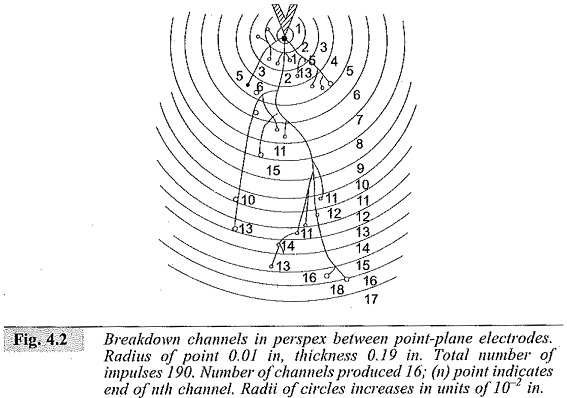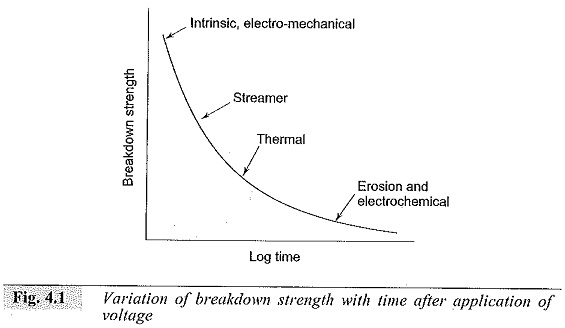High Temperature High Performance Polymers
High Temperature High Performance Polymers: High Performance Polymers films are thermoplastic and are generally transparent. The are needed for use in applications where temperatures vary from very low (- 269°C) to very high (+ 400°C)…
